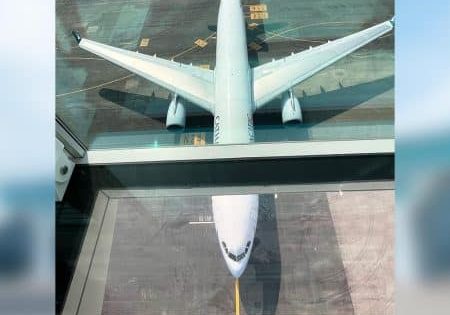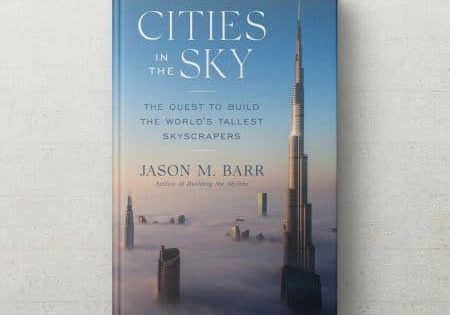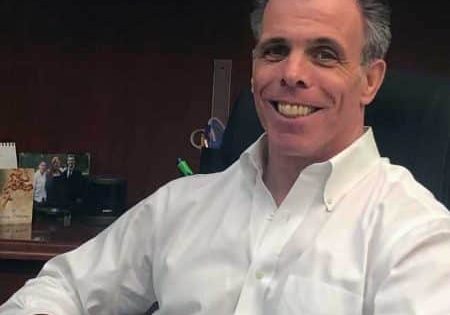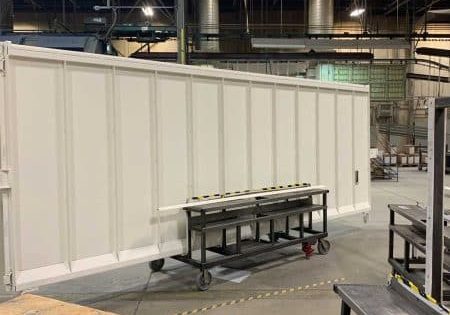A Tower of Success
Apr 4, 2024
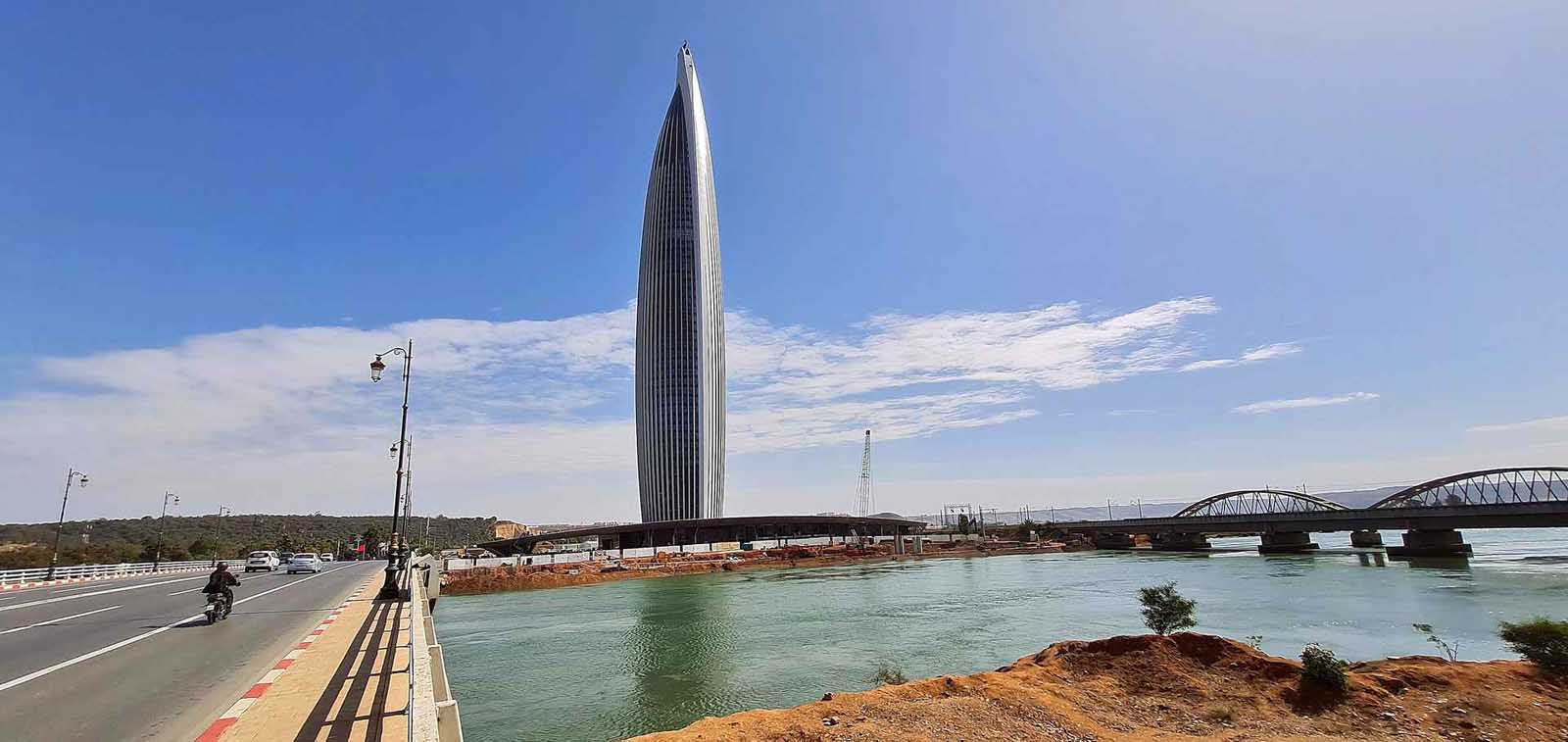
Moroccan billionaire’s dream transforms Africa’s skyline.
Othman Benjelloun is a Moroccan billionaire banker whose many investment ideas may have translated into reality over the years. But accomplishing his dream of designing and constructing a 55-story building that can be seen from as far as 50 km away is no mean feat for this businessman, whose personal story is a tower of success in Africa’s investment world.
Reports show Benjelloun’s idea of investing in the Mohammed VI Tower adjacent to the city of Salé was triggered by what he saw during a 1969 visit to the National Aeronautics and Space Administration (NASA) Kennedy Space Center in Cape Canaveral, Florida, where he says he was invited to participate in a spaceflight simulation in the company of the astronaut Charles “Pete” Conrad. The simulation was undertaken prior to the launch of the actual flight of Apollo 12 to the moon in November of the same year. Conrad, who in 1969 became the third man to walk on the moon, died in a motorcycle accident in July 1999 at the age of 69.
Benjelloun, who was amazed at the shape and probably the functionalities of a space rocket from the simulation sessions he participated in, conceived the idea of designing a rocket-shaped tall building, later named Mohammed VI tower. Also referred to as BMCE Tower, O Tower and Bank of Africa Tower, the structure was completed 54 years later in Morocco’s city of Salé. In line with Benjelloun’s vision, the building comprises a tower “set on a podium, to resemble a rocket on its launch pad,” according to a previous project brief.
The completion of the 250-m-high Mohammed VI tower, the second tallest building completed in Africa in 2023 after Egypt’s 393.38-m-high Iconic Tower, increased the number of tall buildings completed in Africa in 2023 to seven, with six of them in Egypt’s New Administrative City (NAC).
The Mohammed VI tower, which is scheduled for official opening in 2024, was designed by Spanish architects Rafael de la-Hoz Arquitectos and Moroccan firm CHB Cabinet Hakim Benjelloun, perhaps an indication of how the close ties between Morocco and Spain, its former colony, have withstood the test of time.
Dubai-based BESIX Construct LLC undertook the contract for developing the tower in 2018, while O Tower was the project manager during construction. The tower’s names of BMCE Bank and Bank of Africa are associated with Benjelloun, who is the co-founder of both banks and serves as the chairman and CEO.
The building, which is the 628th tallest in the world, offers a range of functions that include hotels, offices and residential units, with a viewing terrace at the top. Access to the top from the ground is enabled by the use of 40 Schindler lifts, including 23 in the tower and 17 in the podium. The installations were carried out by Croatian firm M.F. Certus, which reportedly works as Schindler’s subcontractor on major projects worldwide. The 30-year-old company focused on installations of high-speed and high-rise elevators, as well as moving walkways from Schindler.
MF Certus says it installed “13 Schindler elevators S7000R4, up to 214 m and 6 m/s; and 4 Schindler elevators S5500 up to 116 m” for the Morocco project. According to Schindler’s official website, the Schindler 7000 “combines excellent high-rise performance with maximum flexibility — for any height up to 1,640 ft (approximately 500 m) with speeds up to 2,000 ft/min, in groups up to eight cars.”
“The Schindler 7000 is part of the new, modular-platform product range, perfectly matching the diverse demands of office buildings, hotels, residential, institutional or mixed-use buildings,” Schindler adds.
The Swiss vertical-transportation company says the Schindler 5500 can accommodate up to 2500 kg and carry between eight and 33 passengers traveling to heights of 150 m. The 5500 model utilizes the STM (suspension traction media) technology regenerative drive option and can move at a speed between 1 m/s to 3 m/s.
BESIX says the Mohammed VI tower, which sits on 102,800-m² of area and is the third tallest in Africa after Egypt’s Iconic Tower (393.8 m) and Algeria’s Great Mosque of Algiers Tower (264-m), can withstand “not only the usual elements, such as strong winds or seismic events,” but also flooding from the neighboring 240-km-long Bou Regreg River that drains into the Atlantic Ocean between the cities of Rabat and Salé in Morocco.
“The tower is braced 70% by its concrete core and 30% by the structure of the steel porticos on its façade,” adds BESIX. Luxembourg-based multinational steel manufacturing corporation ArcelorMittal S.A. supplied the steel for the tower.
The contractor also installed a tuned mass damper that, according to Purdue University, is “a device consisting of a mass, a spring and a damper that is attached to a structure in order to reduce the dynamic response of the structure.” BESIX says the tuned mass damper system that was supplied by Germany-based GERB Vibration Control Systems, Inc. has been installed in the last few stories of Mohammed VI Tower to “reduce oscillations.”
The contractor, utilizing its own staff, employed a multi-pronged strategy of design, engineering, fabrication and installation to achieve what it terms “stunning façades” for the Mohammed VI building, with the façades covering an area of more than 70,000 m²: 41,000 m² for the tower and 32,500 m² for the podium.
On the northern side of Mohammed VI tower, the façades are transparent; while to the south, the contractor has fitted the building with photovoltaic panels to generate additional electricity, boosting Morocco’s thirst for more renewable energy use. Currently, the country receives an estimated 4,030 MW from renewable energy, despite having the potential to produce up to 11,000 MW of clean energy.
The south façade of the tower, BESIX adds, will be “fully equipped with 3,350 m² of solar PV panels, while rainwater recovery and wastewater recycling systems are incorporated in the building’s design.”
“The Mohammed VI Tower will form the high point in the Bou Regreg Valley Development Project, which in turn is a leading part of the program for Rabat, the City of Light, the Moroccan Capital of Culture,” says BESIX.
The Mohammed VI project is a strong signal of Morocco’s progress in the implementation of its share of the Urban Project Finance Initiative (UPFI), an initiative of the Union for the Mediterranean, the European Union, the French Development Agency and the European Investment Bank (EIB).
The joint initiative is “to ensure the successful transition of cities in the Mediterranean basin and the Western Balkans to sustainable cities,” according to the EIB.
Morocco’s share of the UPFI is spearheaded by the Bouregreg Valley Development Agency, a public state institution formed in 2006 to promote the urban project that has been allocated 6,000 hectares at the heart of the Rabat-Salé-Témara metropolitan area, where the North Africa country hopes to “create new space for living, working and recreation.”
“The UPFI accompanies entrepreneurs in the Southern and Eastern Mediterranean and in the Western Balkans to prepare and finance ambitious urban development projects aimed at creating jobs, reducing poverty and promoting urban upgrading,” EIB adds.
Elsewhere, despite previous predictions of a slowdown in Morocco’s economy, the World Bank says the sharp deceleration in 2022 attributed to various overlapping commodity and climate shocks. The North African country’s economic growth was expected to reacg 2.8% in 2023 on account of recovering agricultural output, services and net exports. The economic recovery is likely to support expansion of the real estate market, hence triggering demand for elevators and escalators for commercial and residential applications.
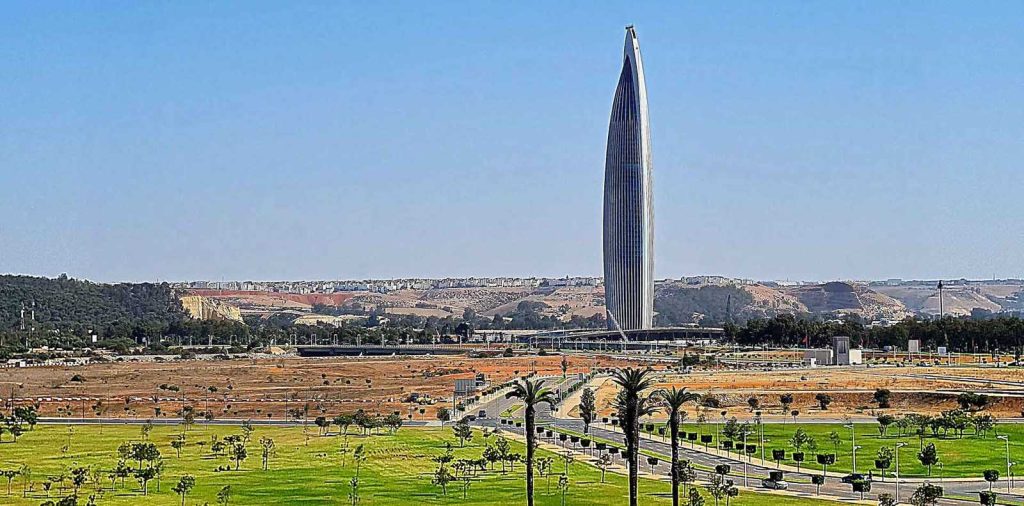
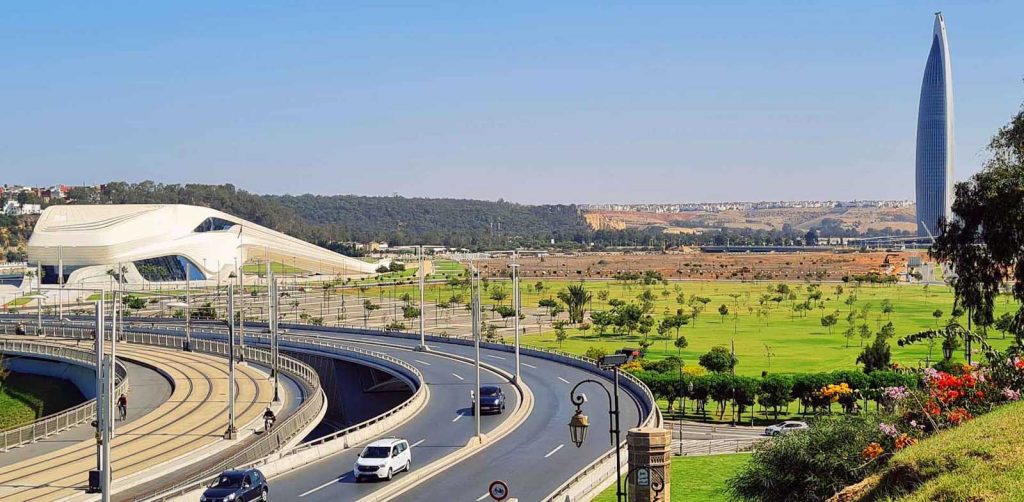
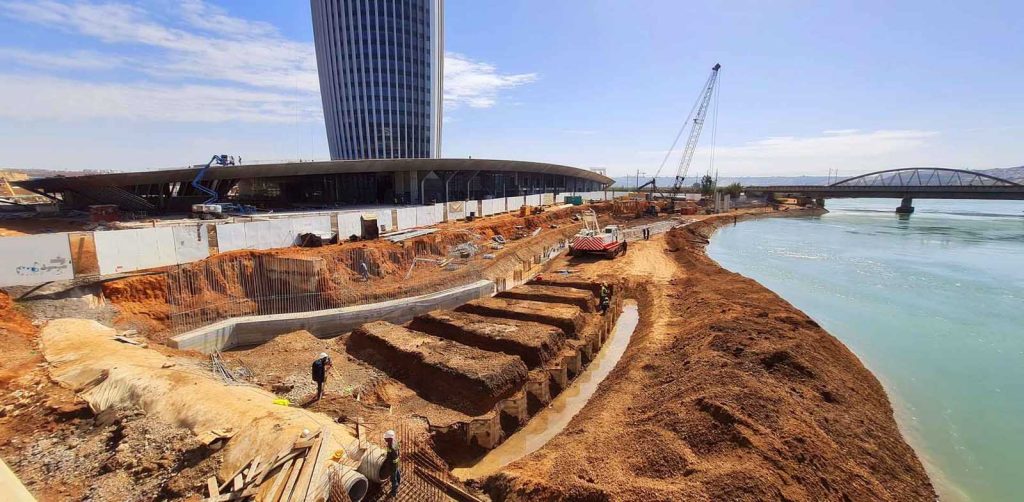
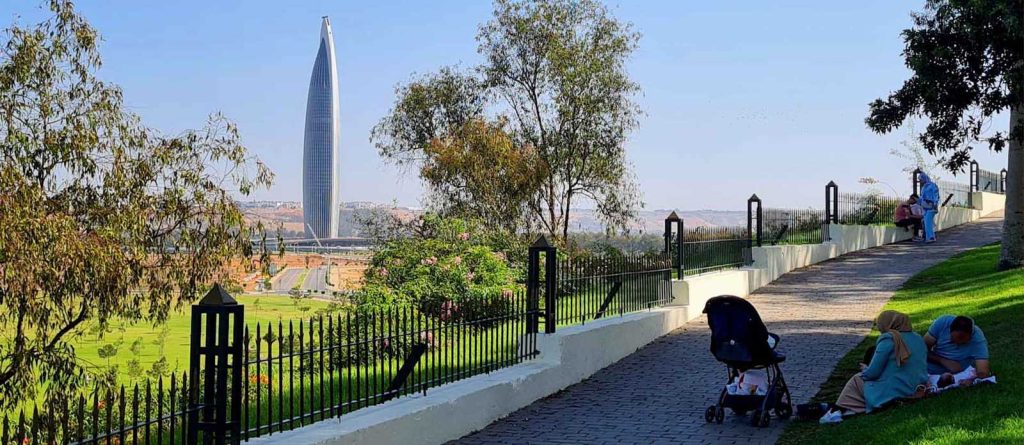
Get more of Elevator World. Sign up for our free e-newsletter.




